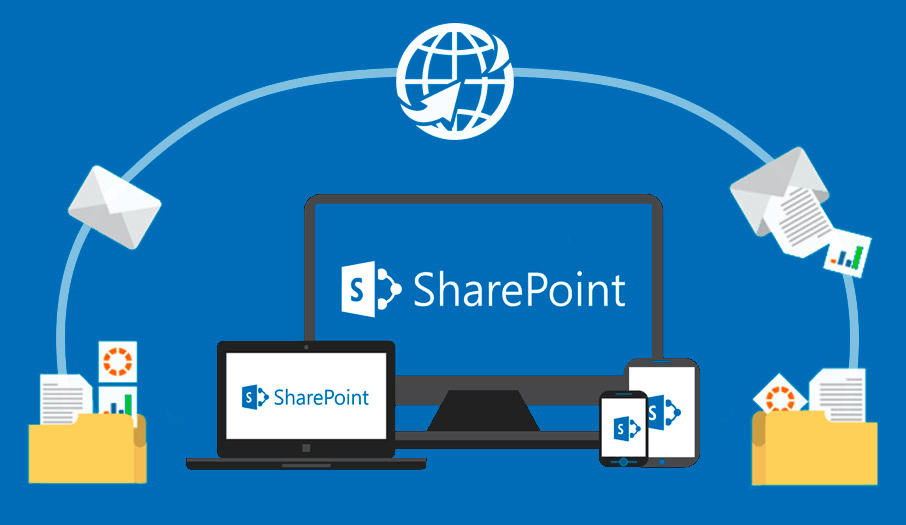Facing issues like why can't I edit a column in SharePoint list and why can't I change column settings in SharePoint list? Our guide covers all possible causes and fixes, helping you troubleshoot and resolve these problems efficiently. Discover practical solutions to get your SharePoint list working.

Editing columns in a SharePoint list can sometimes be challenging due to various factors that restrict or prevent users from making changes. This comprehensive guide will guide you to dive into the common reasons for why you cannot edit columns in SharePoint lists and provide detailed solutions to resolve these issues effectively.

When users encounter issues with editing columns in SharePoint lists, several common reasons typically contribute to the problem. Understanding these reasons is crucial to troubleshoot and find solutions.
1. Permissions Issues
2. Column Type Restrictions
3. List Settings Restrictions
To effectively identify and troubleshoot column editing issues cased by the above reasons, users and administrators should follow these steps:

Changing column settings in SharePoint lists is crucial for tailoring data management to specific needs. However, several factors can hinder this process. Next, we will explore common reasons and streamlined solutions for issues encountered when attempting to modify column settings.
Insufficient permissions, such as not being a Site Owner or having lower access levels, or restrictions inherited from site or list settings may prevent you from changing the column settings. If needed, contact a SharePoint administrator to adjust permissions. Ensure you have sufficient permissions, such as Site Owner or equivalent.
Certain column types, like calculated or system columns, are inherently read-only. If so, switch to a compatible column type that allows desired settings changes.
Lists with content approval may require items to be approved before changing column settings. So, please review the listing settings before trying to adjust the column setting.
At last, you can consider clearing browser cache and cookies to resolve browser-related issues affecting column settings changes. Alternatively, try using a different browser to bypass cache-related obstacles.
By following these guidelines and implementing the recommended solutions, administrators can enhance the efficiency and reliability of column editing in SharePoint lists, ensuring smooth data management and collaboration within their SharePoint environment.
Last but not least, implementing some preventive measures can minimize the occurrence of colume editing problems in SharePoint lists, such as regular maintenance, establishing feedback mechanisms to gather user input and address usability issues related to cloumn editing, building documentation and knowledge base articles to help users troubleshoot common issues independently.
Think Twice before changing any important data in SharePoint. To add an extra layer protection to your SharePoint data, you had better make a backup, to local drive or another cloud storage. Downloading SharePoint data to local drive can help finish the backup easily. However, backing up SahrePoint to another cloud requires more techniques, and to make it as easy as possible, you can directly apply some professional cloud to cloud backup tool.
MultCloud is a great choice. Trusted by over 3 million users, It is a multi-cloud management tool that facilitates the transfer or synchronization of files between various cloud services. For instance, it allows for seamless file transfers from cloud drives like SharePoint to OneDrive without the need to download and then re-upload files. MultCloud also enables you to access and manage all your cloud accounts via a single application. Currently, it supports more than 30 different cloud services, including Google Drive, OneDrive, Dropbox, Box, Google Photos, iCloud Photos, FTP, WebDav, and more.